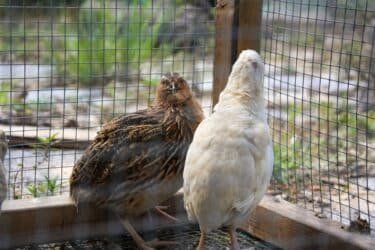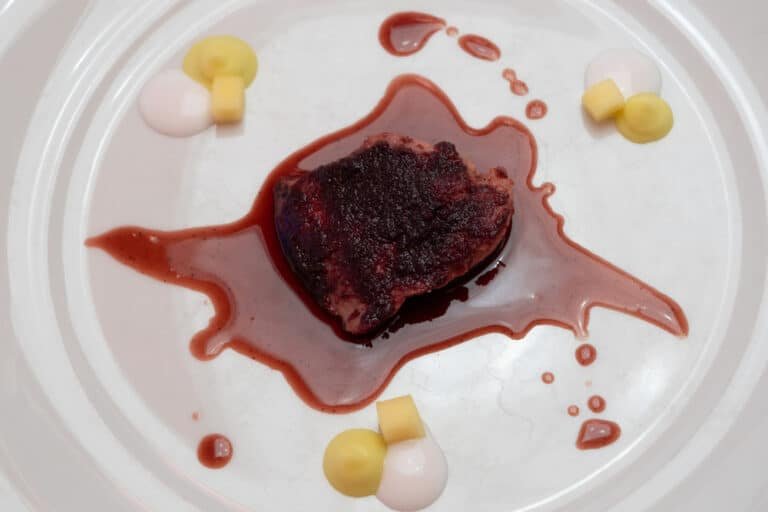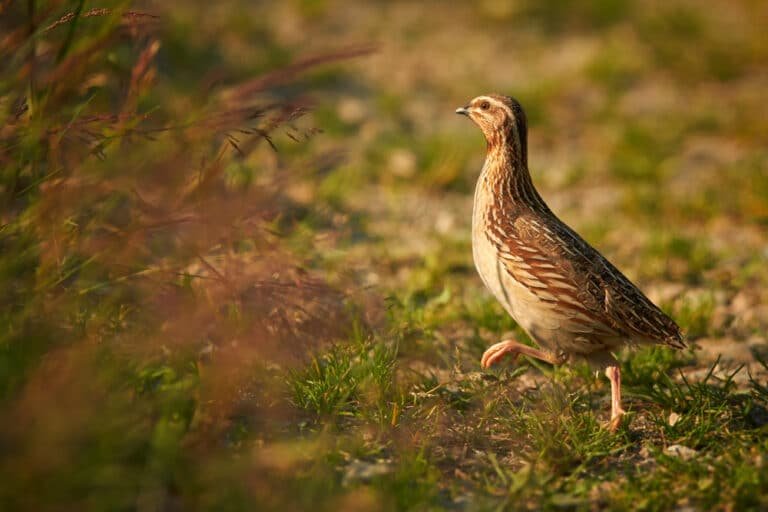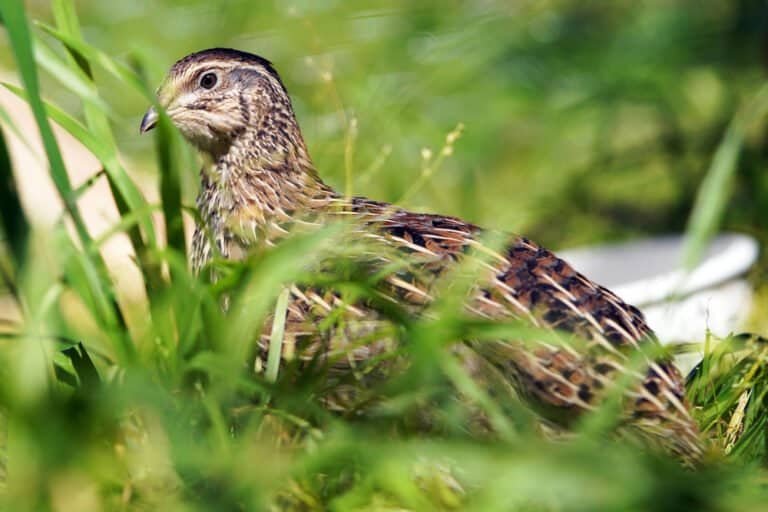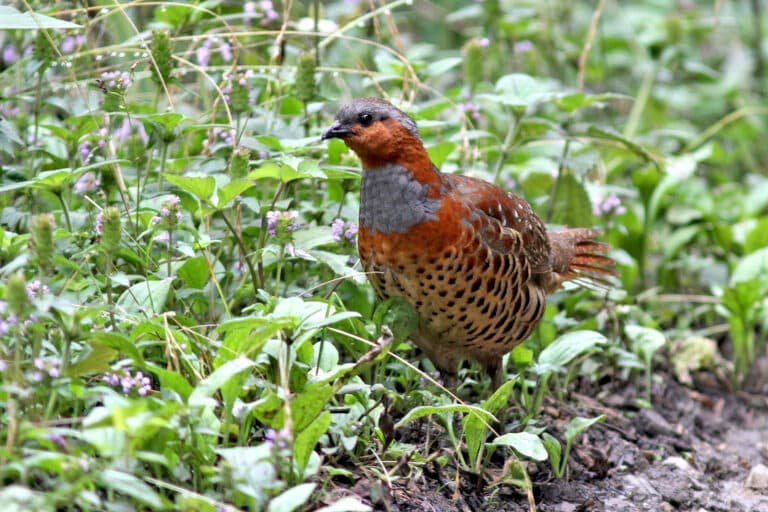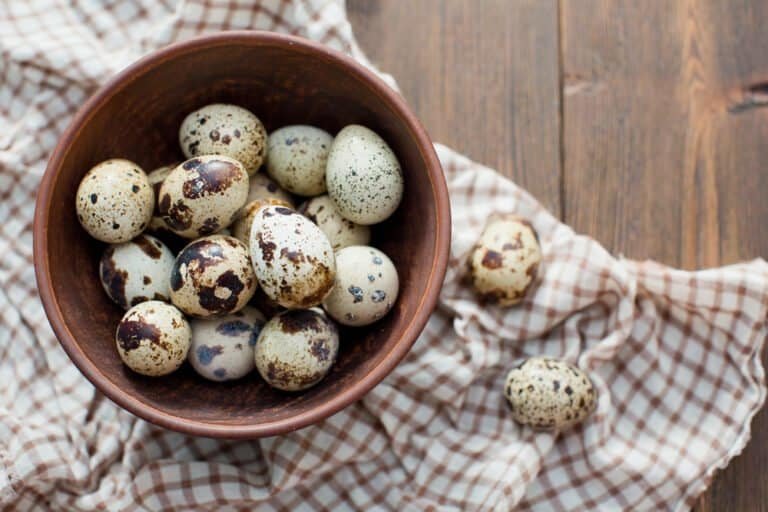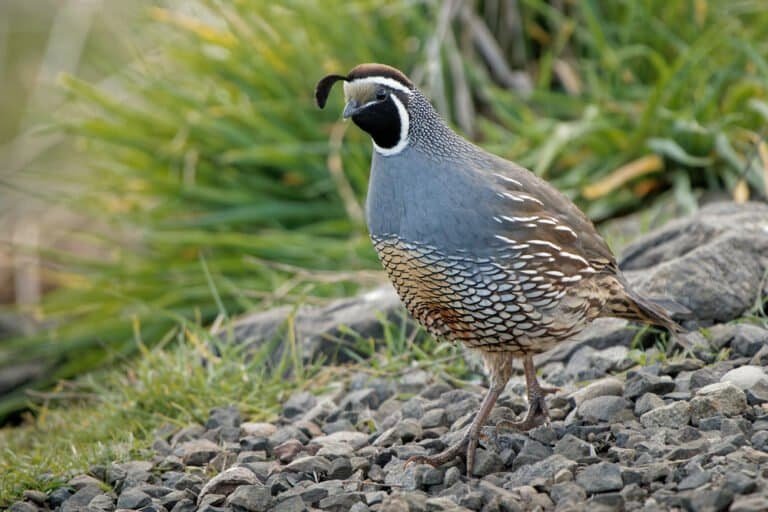Ultimate Quail Cage Guide: Everything You Need to Know
The Quail cage, also known as quail enclosure or aviaries, is a specially designed structure that provides a controlled environment for housing quail. These cages offer a safe and secure space for quail to live and thrive.
The primary purpose of a quail cage is to ensure the welfare of the birds by providing them with adequate space, protection from predators, and access to essential resources such as food and water. Quail cages come in various sizes, designs, and materials to cater to the specific needs of different quail species.
Benefits of Using Quail Cages
Numerous advantages are associated with quail cages for rearing these small game birds. Firstly, quail cages offer enhanced security against threats, such as predators like rats, snakes, or larger birds that can harm or kill the quail.
Their vulnerability is significantly reduced by keeping them confined within a cage structure. Secondly, these enclosures also facilitate better management of the quail’ diet.
By providing controlled feeding areas within the cage layout, it becomes easier to monitor their food intake and ensure they receive proper nutrition. This is particularly important in commercial settings where efficient feeding practices contribute to optimal growth rates.
Moreover, using quail cages allows for more efficient breeding programs by allowing selective pairing based on desired characteristics. Separating male and female birds into different cage sections enables breeders to control mating patterns effectively.
Furthermore, maintaining hygiene becomes considerably easier when using quail cages than open-air setups. Regular cleaning routines can be established more effectively within confined spaces while minimizing contact with waste material produced by the birds.
From an aesthetic perspective, well-designed and appropriately sized enclosures provide an enjoyable visual experience for hobbyists and observers who appreciate observing these charming birds in a controlled and purpose-built environment. Quail cages offer a range of benefits for both commercial quail farmers and hobbyists alike.
Providing security, improved nutrition management, facilitating selective breeding, and ensuring proper hygiene are just some advantages of using quail cages. By understanding the principles behind these enclosures and their positive impact on quail’ well-being, individuals can make informed decisions regarding housing these delightful avians.
Types of Quail Cages
Wire Mesh Cages
Regarding quail cages, wire mesh cages are a popular choice among many poultry enthusiasts. These cages are constructed using sturdy wire mesh, allowing excellent ventilation and visibility.
One of the key advantages of wire mesh cages is their ability to prevent predators from accessing the quail while still providing ample airflow. Additionally, the open design allows for easy cleaning and maintenance.
However, there are a few disadvantages to consider. The spacing between the wires should be carefully chosen to prevent small quail from escaping or getting stuck.
Furthermore, excessive exposure to metal wires can cause leg injuries in some instances, so providing appropriate flooring or adding padding may be necessary. Different quail species have varying sizes and thus require different wire mesh sizes for optimal containment and comfort.
For smaller species like Japanese quail, a fine-meshed cage with smaller gaps is preferable to avoid potential escapes. On the other hand, larger quail species like Coturnix or Bobwhite may require slightly larger wire mesh sizes while still considering predator-proofing measures.
Wooden Cages
Wooden cages offer a more rustic and natural alternative for housing quail. They provide insulation against extreme temperatures and offer better privacy for nesting purposes than wire mesh cages. Additionally, wood provides a softer surface that is gentle on the delicate feet of these birds.
One major advantage of wooden cages is their durability if constructed with high-quality wood that resists rotting or warping over time. However, choosing the right type of wood for building such structures is crucial, as certain woods contain natural oils or chemicals that can be harmful if ingested by birds.
Cedarwood is often avoided due to its aromatic properties potentially affecting respiratory health in some avian species; therefore, safer options like fir or pine woods are preferred. Ensuring the wood is untreated and free from toxic substances that could risk the quail’ well-being is essential.
Plastic or PVC Cages
Plastic or PVC cages have gained popularity recently due to their lightweight nature, ease of cleaning, and corrosion resistance. These cages are often constructed using durable plastic materials that are both hygienic and long-lasting. The smooth surfaces within plastic cages make them easy to sanitize, preventing the buildup of bacteria or parasites.
One significant advantage of plastic or PVC cages is their excellent resistance against moisture, which makes them suitable for outdoor use. However, it is crucial to consider proper ventilation when opting for this cage type since plastics can limit airflow compared to wire mesh alternatives.
Proper ventilation can be achieved by incorporating strategically placed vents or ensuring openings on multiple cage sides. Ventilation is particularly important in hot climates where there may be a risk of heat stress or inadequate air circulation within the enclosure.
Overall, each type of quail cage has advantages and disadvantages that should be carefully considered based on species requirements, durability, safety concerns, ease of maintenance, and specific environmental conditions.
By selecting a quail cage tailored to these considerations, quail owners can provide their feathered friends with a comfortable and secure habitat conducive to their well-being.
Factors to Consider when Building/ Buying a Quail Cage
Size and Space Requirements for Different Quail Species
When choosing the appropriate size for your quail cage, you must consider the specific quail species you intend to house. Japanese quail, known for their small size, require less space than Coturnix quail or Bobwhite quail, which are larger.
A general guideline is to provide at least 1 square foot per bird in the cage. However, remember that more space allows for better movement and reduces stress among the flock.
Cage Design Features
To ensure the comfort and well-being of your quail, it is important to incorporate suitable design features in their cages. Nesting boxes are essential components as they provide secluded spaces for egg-laying. It is crucial to offer sufficient nesting spaces by providing one box per two females.
The materials used for nesting boxes should be easily cleanable and resistant to moisture. Furthermore, properly placing nesting boxes at a relatively lower height offers bird convenience while ensuring easy access for egg collection.
Perches or roosting bars are another important element in a quail cage design. Optimal heights should be considered based on the specific species being housed.
Generally, providing perches at different levels allows them options for resting and perching comfortably. For example, Japanese quail prefer lower perches, whereas Coturnix or Bobwhite varieties may appreciate higher ones.
Setting Up the Ideal Environment within a Quail Cage
Proper Bedding Material Choices
Suitable bedding material is essential for comfort and hygiene within a quail cage environment. Depending on availability and personal preference, options such as straw, wood shavings, or sand can be used as bedding materials. Ensuring the bedding remains dry is important, as excessive moisture can lead to bacterial growth and unpleasant odors.
Temperature Control Methods
Maintaining an optimal temperature within the quail cage is crucial for their well-being. Heat lamps or insulation can be used during colder months to provide adequate warmth.
Conversely, proper ventilation and shade should be provided during hot weather to prevent heat stress. Monitoring the temperature regularly and adjusting accordingly will help create a comfortable environment for your quail.
Lighting Requirements
Lighting plays a vital role in the overall health and productivity of quail. While natural light is beneficial, supplementing with artificial lighting may be necessary during shorter daylight periods or when raising commercial quail breeds for consistent egg production. Providing approximately 14-16 hours of light per day helps stimulate their reproductive cycle and ensures optimal growth.
Maintenance Tips for Keeping a Clean Quail Cage
Regular Cleaning Schedule
Maintaining cleanliness within the quail cage is essential to prevent disease outbreaks and ensure the overall health of your birds. Establishing a regular cleaning schedule is crucial, including removing droppings, replacing soiled bedding materials, and disinfecting surfaces. Regular cleaning not only promotes hygiene but also aids in odor control.
Sanitization Techniques to Prevent Disease
In addition to regular cleaning, proper sanitization techniques are paramount in preventing diseases within your quail flock. Disinfectants approved for poultry use should be routinely used on surfaces such as floors, perches, nesting boxes, and feeders. Pay extra attention to high-risk areas prone to bacterial or fungal growth.
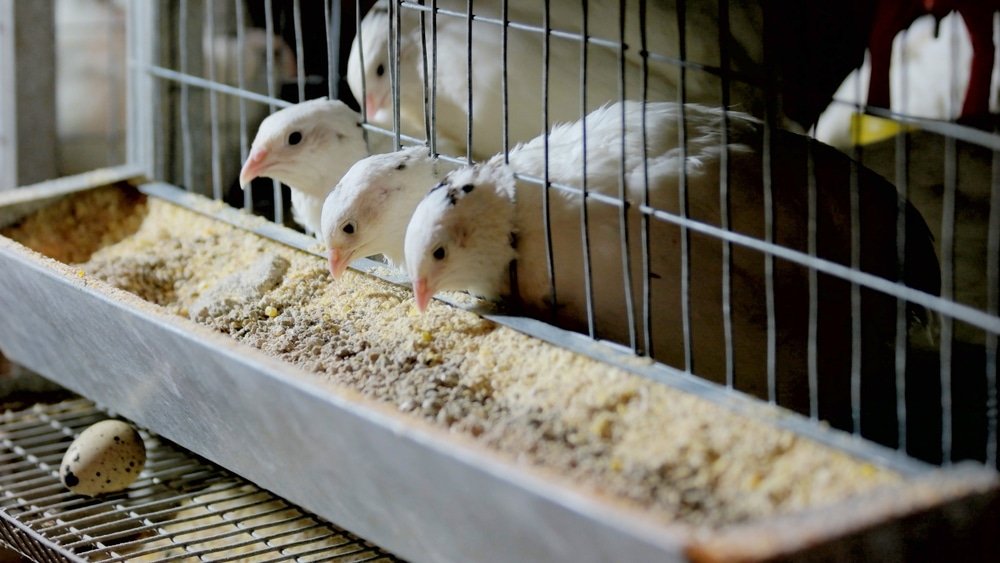
Conclusion
Building or buying a quail cage requires careful consideration of factors such as size requirements for different quail species and the incorporation of suitable cage design features.
Setting up an ideal environment involves selecting appropriate bedding materials, implementing temperature control methods, and fulfilling lighting requirements. Regular cleaning and proper sanitization techniques are also necessary to maintain a clean and healthy quail cage.
Adhering to these guidelines can provide your quail with a comfortable living space while promoting their well-being and productivity. Remember, meticulous attention to detail in caring for your quail will yield rewarding results.

